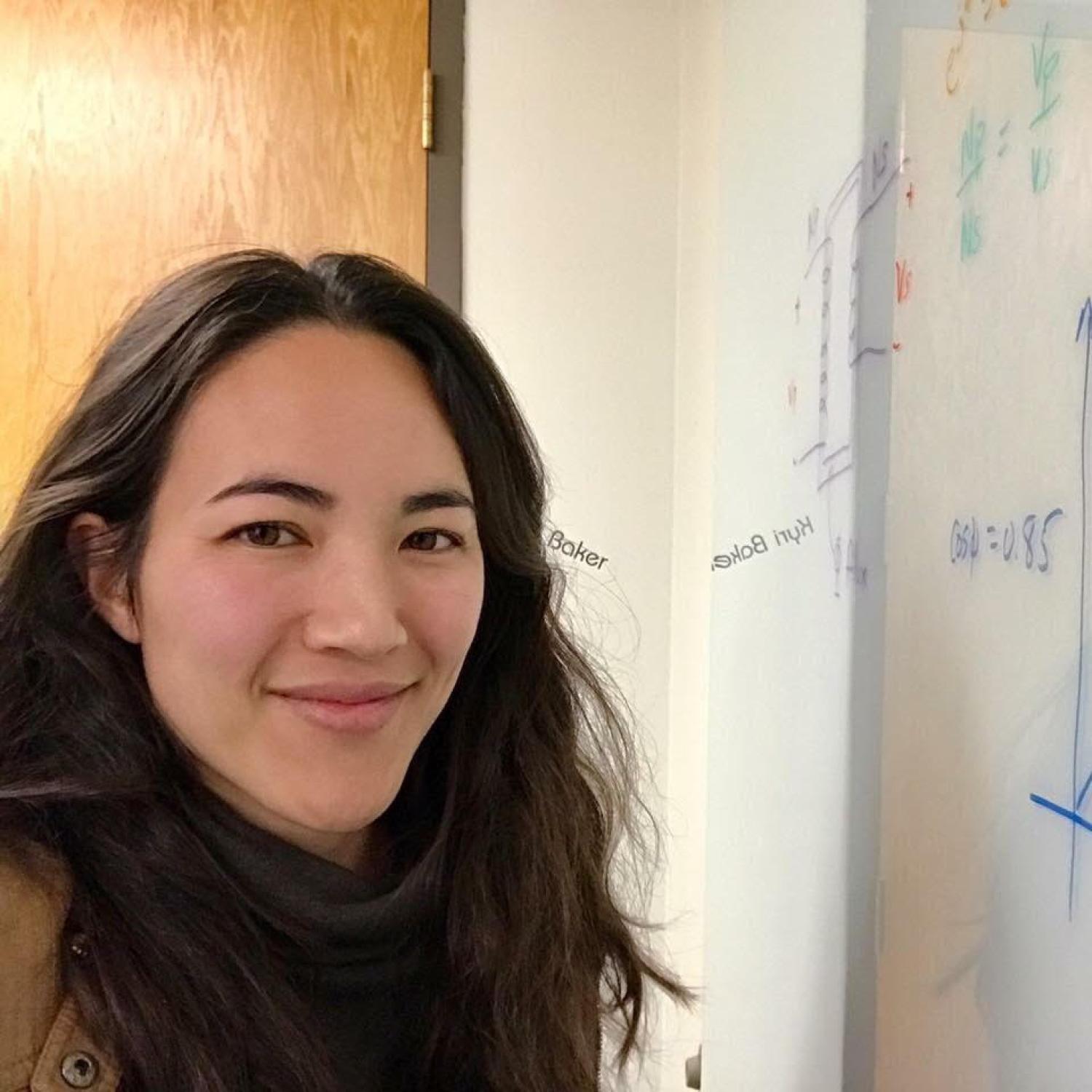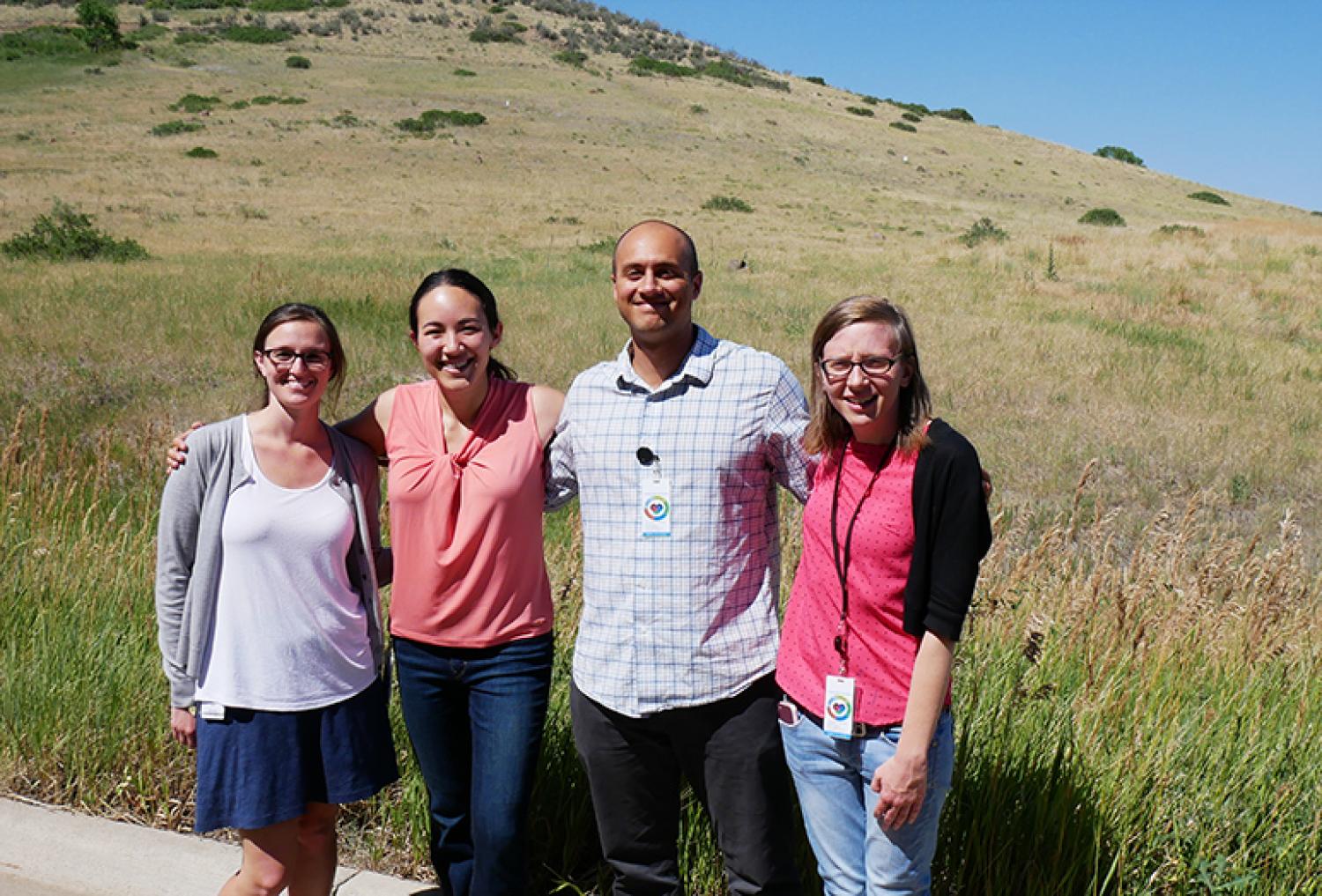Professor Kyri Baker Interview
Being a professor in CEAE allows me to apply my expertise in power grids to novel and exciting new problems.

Assistant Professor
BUILDING SYSTEMS ENGINEERING • CIVIL SYSTEMS
Kyri.Baker@colorado.edu
Website
Before joining CU, I worked at the National Renewable Energy Laboratory (NREL) in Golden, CO, for 2.5 years. I grew up in Idaho and enjoy lifting, climbing, and running, as well as playing guitar. I’m a member of multiple professional societies including IEEE and AEI. I’m not particularly proud of any one thing I’ve done as a single person but I’m very proud of how much my group has accomplished in the past 1.5 years and how cohesive we have become in such a short timeframe. I really feel like we are a team working towards issues that we all feel passionately about. I can tell that a lot of the students I’m working with have been inspired from the same topics that have inspired me - renewable energy integration, mitigating climate change, impacting building operations on a large scale - it motivates me to see how motivated they are. I love being a professor in AREN and within the CEAE department because of the interdisciplinary nature of the department. I’ve learned so much since I’ve joined and had collaborations on projects that I would have never dreamed possible before. The students also come from a variety of backgrounds and I’ve learned a lot from working with and teaching them as well.
What classes do you teach?
I teach Circuits for Architectural Engineers, which is a basic “intro to circuits” class with a focus on power and energy and elements within buildings (such as transformers and motors), Electrical Systems, which teaches students how to design the electrical systems for residential and commercial buildings, and Grid Connected Systems, a course which covers how buildings and the grid interact.
What are some issues in modern architectural engineering? How do you use your teaching and research to approach these?
Some new issues in Architectural Engineering include how to design buildings that seamlessly operate with the electric power grid and can provide services to the grid. Since issues with changing load patterns and distributed energy resources (like rooftop solar) can introduce problems into the operation of the grid, we look at how buildings can help do things like balance fluctuations in frequency and voltage and offset grid overloading by shifting when they use energy. My research focuses on these interactions, and I try to talk about these issues in my class to give students a broader view of what happens outside a building.
Please describe your teaching philosophy. What do you hope students take away from your courses?
Sometimes with the electrical portion of ArchE, students can feel a bit uninterested or intimidated. I try my best to make the topic exciting and relevant to their lives and their future careers, and show that the broader impacts of power and energy on a large scale are very exciting current topics. I take a lot of pride in the fact that many students have told me that they’ve expected to hate my class but ended up actually enjoying it and learning a lot. Going up against those initial impressions of electrical systems is tough but I like the challenge and it forces me to try to become the best teacher I can be. Teaching is very rewarding and I feel lucky to have taught such intelligent and engaged students so far.

I have students working on the control of smart homes that interact with the grid, how to better model elements within buildings for control and optimization purposes, how buildings can respond to price, carbon, and water signals from the grid to reduce their impact in those areas, and how multiple buildings can interact together to improve overall system efficiency and achieve common goals. I hope they not only take these skills and apply them to specific building or grid design and control in their future jobs, but also that our research contributions as a group help further the theoretical state of the art within our research community.
Why do architectural engineers need to understand circuits and other aspects of electrical engineering?
Electricity plays such a vital role in our lives, and I think having a basic understanding of it is essential to designing energy-efficient buildings, especially as more and more buildings are operating in non-traditional ways and having rooftop solar, batteries, widespread device-level communication capabilities, etc. Without electricity, a building is just a structure.
Learn More about Professor Kyri Baker:
[video:https://www.youtube.com/watch?v=XvK4YNBPSMA]
December 27th, 2018


